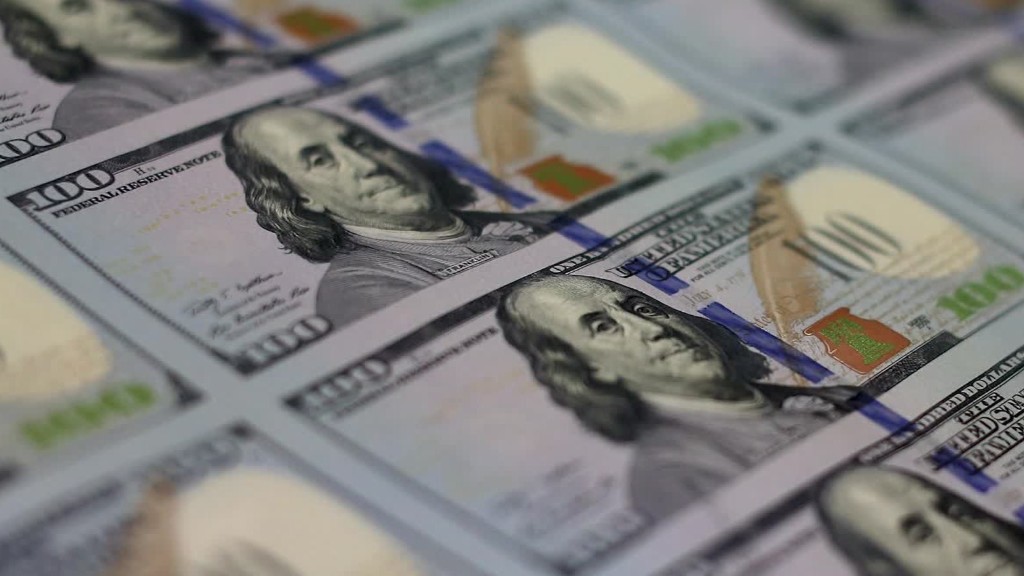
In the past three months, Hillary Clinton and Donald Trump have put forth new tax and spending proposals and revised or clarified some of their previous ones.
Those changes have lessened how much their fiscal policies would affect the nation's debt, according to updated preliminary estimates from the Committee for a Responsible Federal Budget, a bipartisan think tank.
What hasn't changed: Trump's proposals taken together would still add vastly more to the debt than Clinton's.
Trump's policies would add $5.3 trillion to debt
CRFB estimates that Trump's fiscal proposals as they are today would add $5.3 trillion to the nation's debt in the first decade. That would push debt held by the public to 105% of GDP by 2026, up from 86% projected under current policies.
His plan would decrease both taxes and spending overall. His tax plan would reduce the amount of revenue going into federal coffers by nearly $6 trillion, CRFB notes, not including any potential effects of the tax changes on economic growth.
At the same time Trump would reduce spending on net by $1.2 trillion. He'd spend more ($2 trillion) on defense, veterans, child care and Medicare, but less ($3.2 trillion) on Obamacare, Medicaid and non-defense domestic spending.
Related: Trump's Penny Plan to cut spending isn't' what it seems
While still very high, the $5.3 trillion in additional debt is far less than the $11.5 trillion CRFB estimated Trump's original proposals would have cost. A big reason for the drop: Trump made major changes to his tax plan. Those changes include somewhat higher individual income tax rates and a smaller standard deduction than Trump originally wanted.
Clinton's policies would add $200 billion to debt
By contrast, Clinton's fiscal package would add an estimated $200 billion to the debt, $50 billion less than under her original package of fiscal proposeebt currently projected over the next decade. It would still reach 86% of GDP by 2026.
Clinton's proposals as a whole would increase both revenue and spending. Taxes would go up by roughly $1.5 trillion, with most of that coming from higher taxes on the rich.
Related: Here's how much Hillary Clinton's tax plan would hit the rich
Meanwhile, spending would rise by an additional $1.65 trillion if Clinton's proposals got the green light. For instance, she wants to spend more on higher education, especially to make college more affordable ($500 billion) and infrastructure ($300 billion). She also wants to provide paid family leave ($300 billion) and increase health coverage and reduce drug costs ($250 billion).
Works in progress
CRFB has noted that it will revisit its preliminary estimates as the candidates further modify, clarify or introduce proposals between now and November.
While the group is "encouraged that Clinton continues to largely pay for her new spending and that Trump has made substantial improvements in his plan" it notes correctly that "neither candidate has presented a proposal to address our growing national debt."


